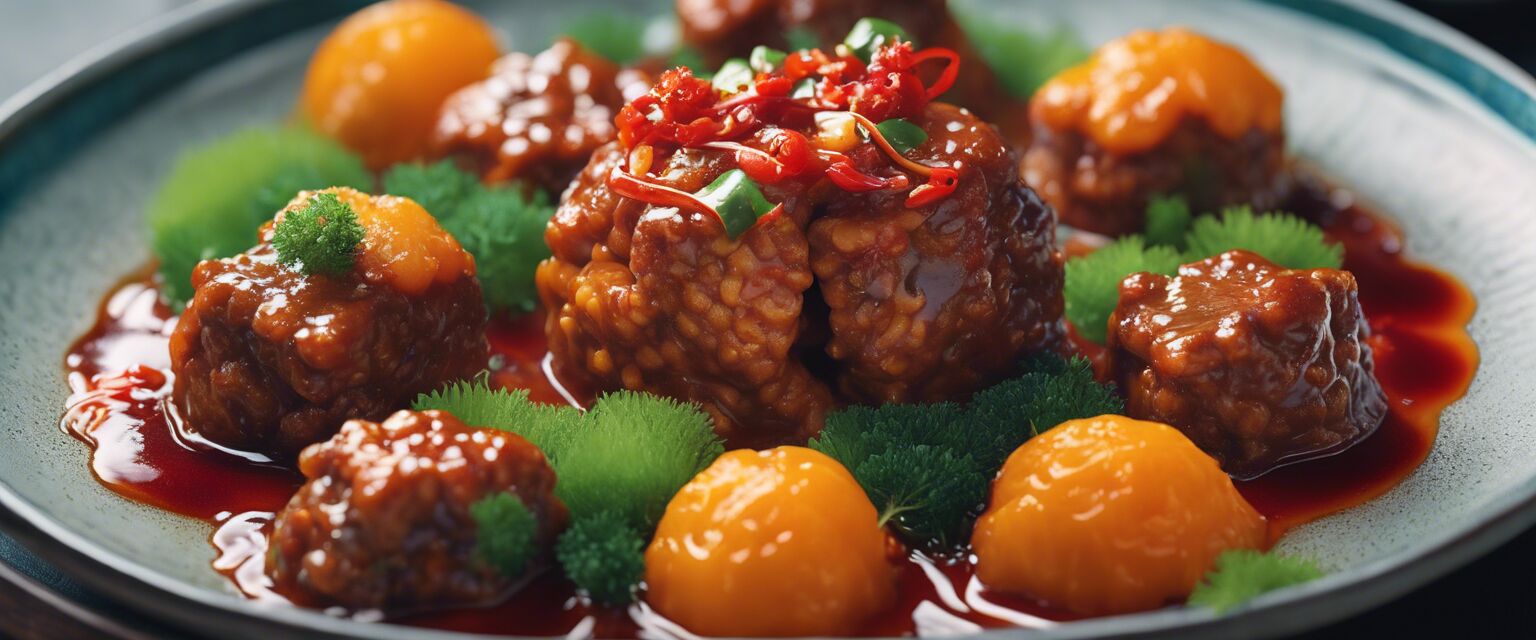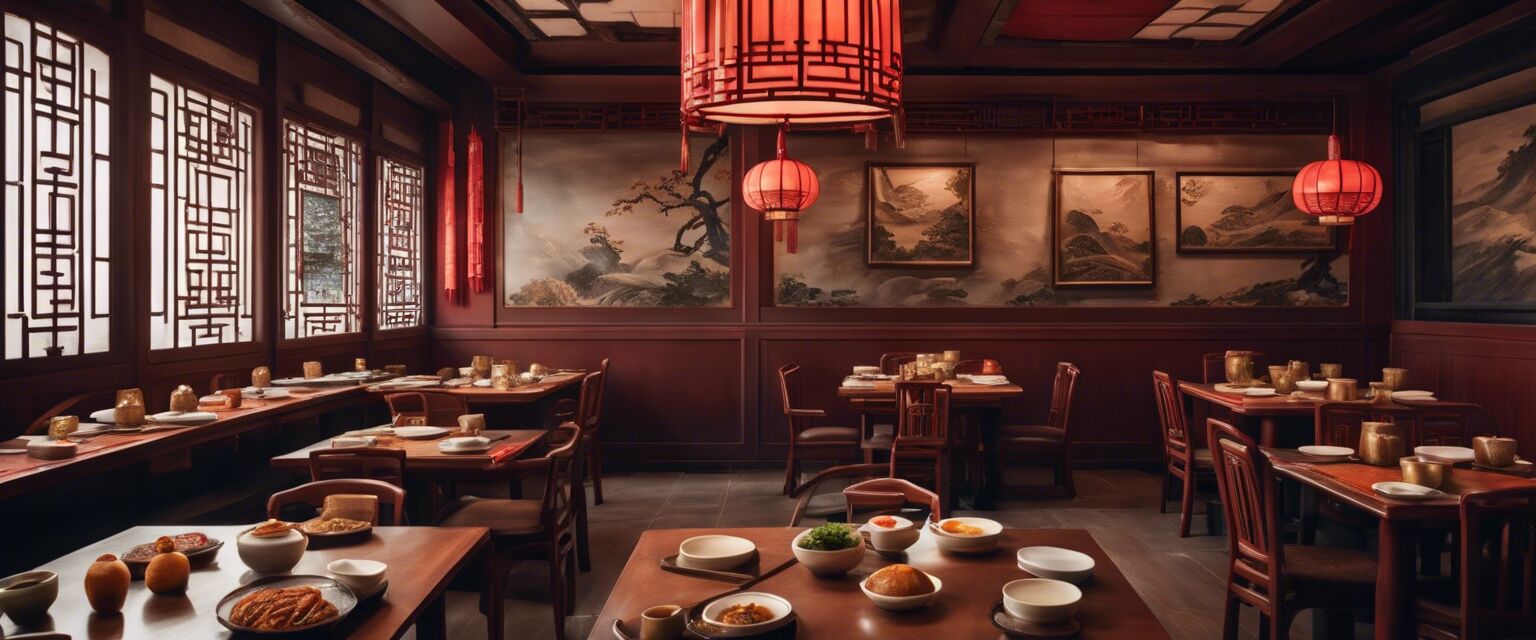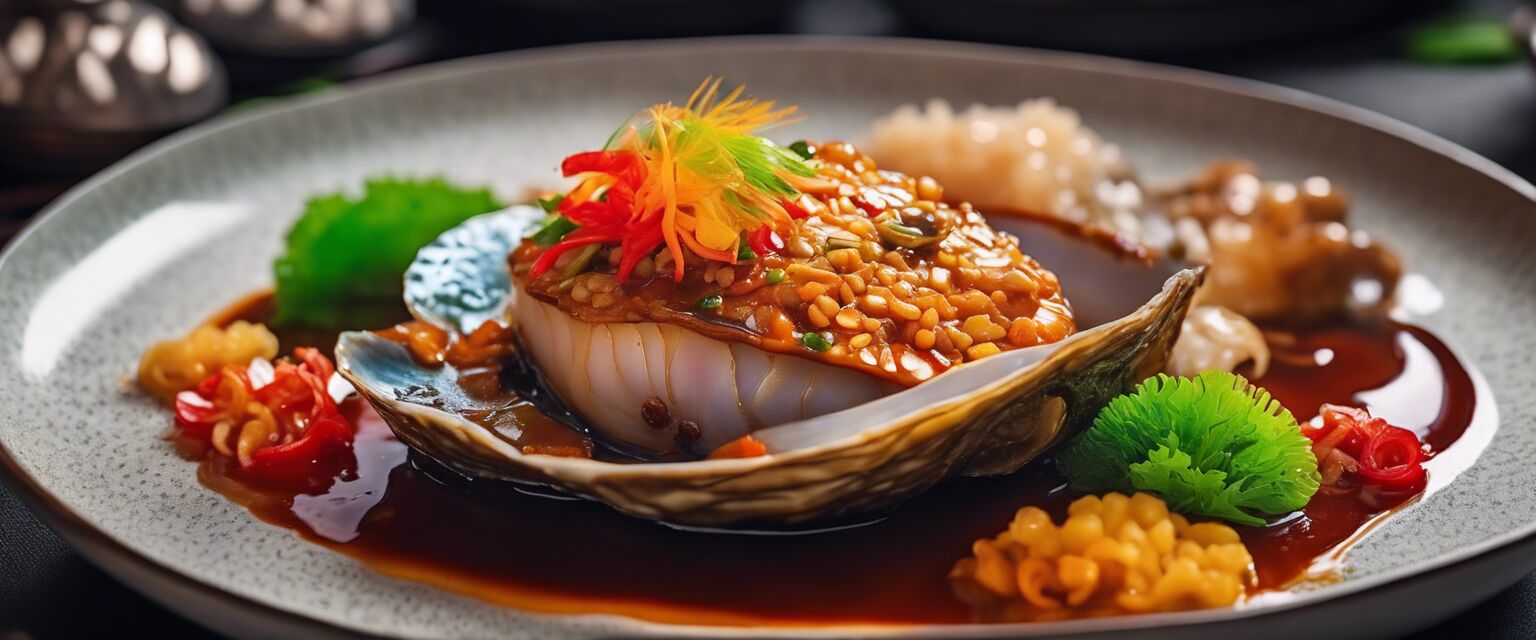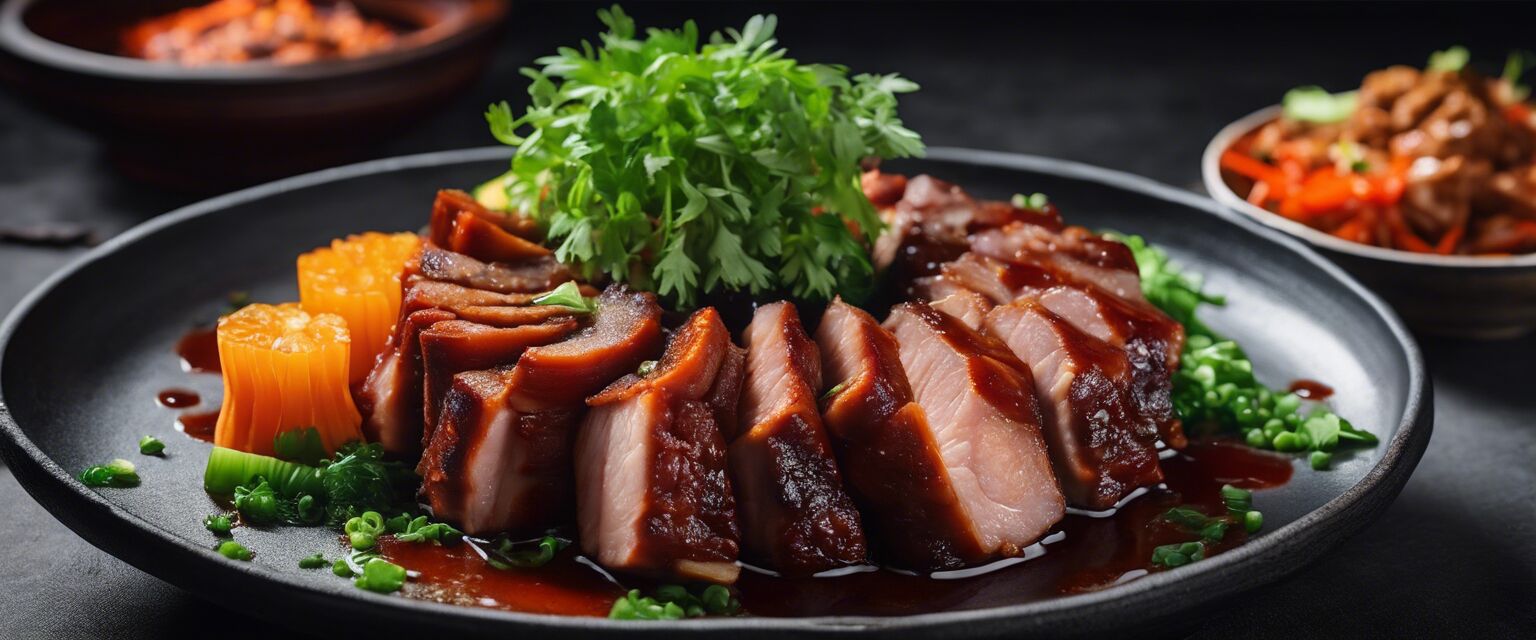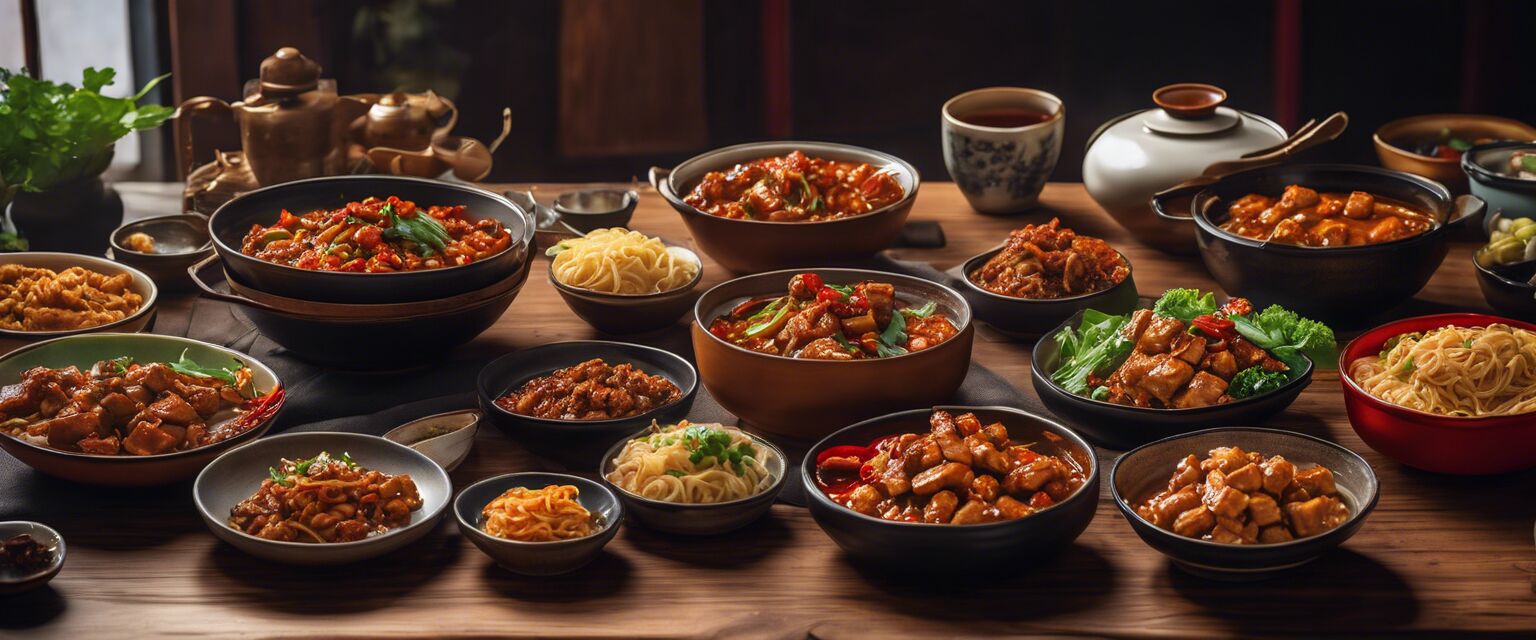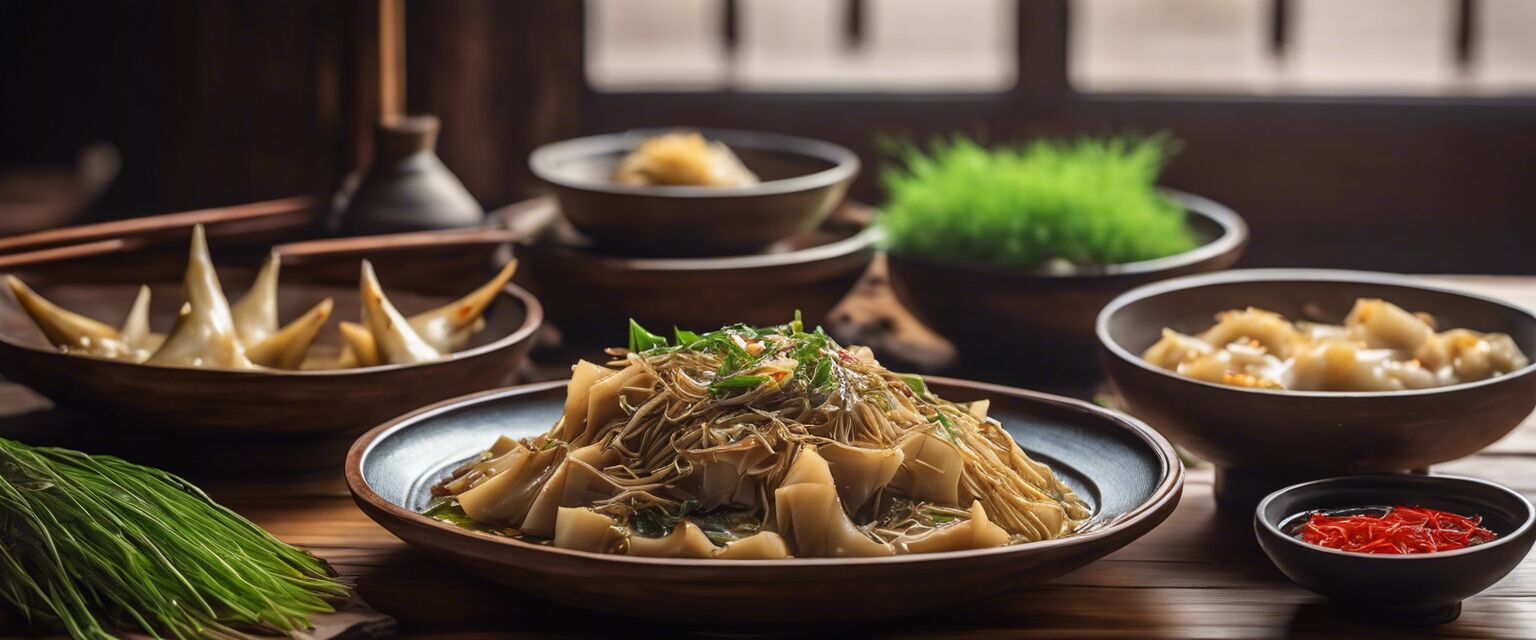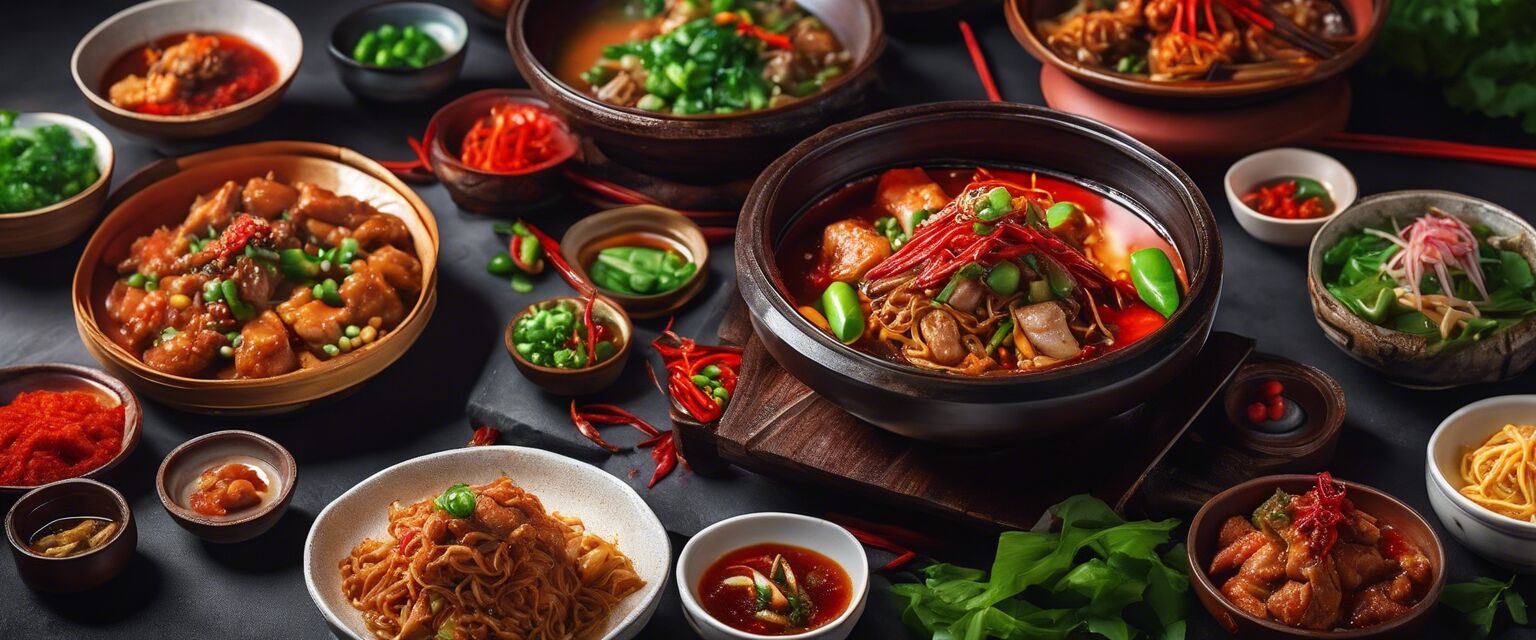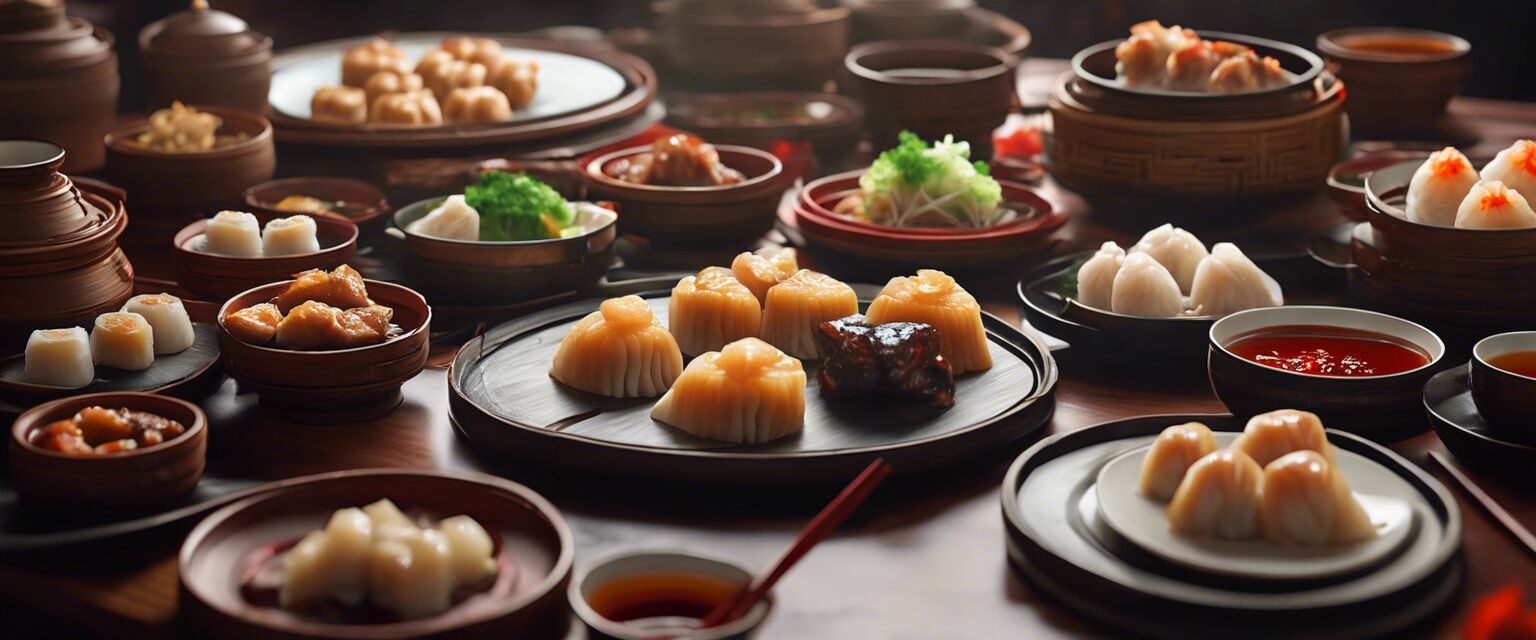
Cantonese Cuisine
Key Takeaways
- Cantonese cuisine is known for its delicate flavors and fresh ingredients.
- Popular dishes include Dim Sum, Char Siu, and Steamed Fish.
- Cooking techniques emphasize steaming, stir-frying, and braising.
- Seasonal ingredients play a significant role in Cantonese cooking.
Cantonese cuisine, originating from Guangdong province in southern China, is one of the most celebrated culinary traditions in the world. It is characterized by its use of fresh ingredients, subtle flavors, and a variety of cooking techniques. In this article, we will explore the unique features of Cantonese cuisine, popular dishes, and essential cooking methods.
Popular Cantonese Dishes
| Dishes | Description |
|---|---|
| Dim Sum | Small, bite-sized portions served in steamer baskets or on small plates, typically enjoyed with tea. |
| Char Siu | Barbeque pork, marinated in a sweet and savory sauce, known for its caramelized exterior. |
| Steamed Fish | Fresh fish steamed with ginger, scallions, and soy sauce, highlighting the natural flavors. |
| Wonton Noodle Soup | Noodles served in a rich broth, accompanied by dumplings filled with meat or seafood. |
| Chow Mein | Stir-fried noodles with vegetables and meat, often garnished with sesame oil and scallions. |

Cooking Techniques in Cantonese Cuisine
Cantonese cooking emphasizes a variety of techniques that help preserve the natural flavors and textures of ingredients. Here are some common methods:
- Steaming: A method that retains moisture and nutrients, often used for fish and dumplings.
- Stir-Frying: Quick cooking over high heat in a wok, typically used for vegetables and meats.
- Braising: Slowly cooking meats in a flavorful liquid, resulting in tender dishes.
- Deep-Frying: A technique for creating crispy textures, popular for spring rolls and other appetizers.
Dim Sum: A Cultural Experience
Dim Sum is more than just a meal; it's a social experience. Traditionally served during brunch, it offers a wide variety of dishes served in small portions. Diners can choose from an array of dumplings, buns, and pastries, often accompanied by tea.
Seasonality in Cantonese Cooking
In Cantonese cuisine, seasonality plays a crucial role. Chefs often select ingredients based on their availability and freshness. This not only enhances the taste but also supports local farmers and sustainable practices.
Tips for Enjoying Cantonese Cuisine
- Try a variety of dishes to experience the full spectrum of flavors.
- Pair your meal with traditional Chinese tea to enhance the dining experience.
- Explore local restaurants that specialize in Cantonese dishes for an authentic experience.
- Don't hesitate to ask for recommendations from the staff; they can offer insights into popular choices.

Conclusion
Cantonese cuisine is a delightful fusion of flavors, techniques, and cultural significance. Whether youâre enjoying a plate of Char Siu or savoring a basket of Dim Sum, each dish tells a story of tradition and innovation. Explore the vast offerings of Cantonese food and experience the culinary excellence that this cuisine has to offer.
Further Reading
Pros
- Diverse range of flavors and textures
- Emphasis on fresh ingredients
- Variety of cooking techniques
- Rich cultural traditions
Cons
- Some dishes can be labor-intensive to prepare
- Limited availability of authentic ingredients outside of China
- Not all dishes are suitable for vegetarian diets
